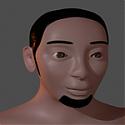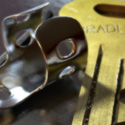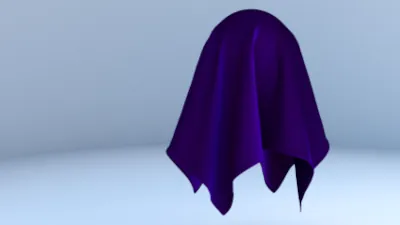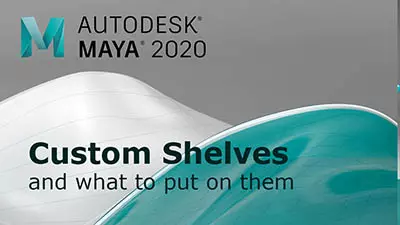My main problem area is texting and getting something to look the real deal so at the moment im doing a project in university and we have to use maya and i want mine to look gr8 ive modelled a few bits to go in the model just need advice on how i can make the items look real so any adivce, tips or good links would be a real help as i want to do 3d modelling as a career in the future
My project is compact minimal living btw.


















